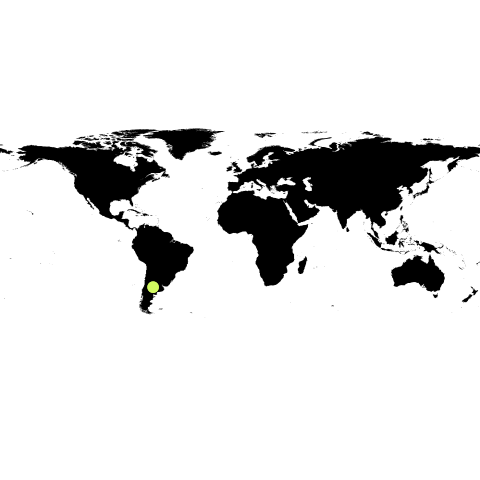What is the name of the solution holder? (main contact person, if multiple)
Cora Placco, Researcher at the National Scientific and Technical Research Council (CONICET)
What is the address and preferred way to contact the solution holder?
[REDACTED_EMAIL]
Does the solution holder have any institutional affiliation in country?
Cora Placco, Researcher at the National Scientific and Technical Research Council (CONICET)
What is the purpose of the solution? (brief problem & solution description)
The “El Potrero” finca, department of Iruya, in the province of Salta, Argentina, is characterized by its semiarid mountain weather. Low temperatures are common during winter, falling as low as -15 °C (5 °F), and the thermal amplitude is quite wide throughout the whole year, as higher temperatures reach 20 °C (68 °F). However, solar radiation is very heavy and continuous in the area. One of the communities living there, Las Capillas, comprises 12 families, from which most of the men have height jobs, far from their town and their families. Weather conditions in the area are a problem for women in the community when washing clothes and bathing their children as water is too cold, even frozen. In summer, to heat water, they leave buckets out in the sun for hours, and during the winter water needs to be heated using firewood or guano bricks. This issue prevents some daily tasks to be performed, but it also has health consequences, such as problems with hand articulations, respiratory tract conditions in children who are exposed to cold, or poor regular hygiene to avoid the cold. Besides, the laundry task has traditionally been a social activity. Laundry was done in the river, where women could talk, exchange information, and plan different activities. Nowadays, a great amount of landslide material has changed the river course due to floods, blocking the water flow. The result is families washing their clothes at home. Although women claim a hot water supply for their houses, they still acknowledge the benefits of community laundry as it makes social exchanges possible. Based on this issue, the solution includes creating a community laundry space with hot water using solar energy by means of leveraging the high levels of solar radiation in the area. The community laundry space have a big pool filled with water. The effect of solar radiation magnifies through upper and lower thermal insulation material to change water temperature according to its use. This solution provides the community with hot water for laundry, cooking, and personal hygiene. By doing so, an issue that affects the community’s life quality is tackled and, at the same time, health conditions can be avoided. It also contributes to environmental sustainability through practices using solar energy, economic sustainability due to low prices and material durability, and a sense of community through the laundry space.
Please upload a picture of the solution.
Please insert a link to the solution.
Is this solution DIY / open source or IP protected?
DIY / open source
Will the solution holder be able to train others (including end-users) in using or replicating the solution?
Yes
What is the unit cost of this Solution along with any additional cost for maintenance and training?
Is this solution a prototype or product?
Prototype
If this solution is a product, is it available in the market (off the shelf) or advance order has to be given?
What is the Technological Readiness Level (TRL) of this solution?
Prototype system
How much has this solution already been diffused? Is there potential feedback from end-users available?
This solution was difused in four communities: Las Capillas, San Isidro, San Juan and Chiyayoc.
Please upload a link of end-user feedback
Are there any efficiency benchmarks for this solution (eg. how much energy does it save; how much cheaper does it produce energy than current market rates/ current household expenditure / cost per kW h)?
There will not only be hot water for washing clothes but also for cooking and personal hygiene in a place where conventional energy is almost inaccessible to its inhabitants. The installation of durable and proven solar equipment is difficult but feasible in this type of community, located in isolated areas, even with low budgets such as the one available in this project.
Are there any other potential bottlenecks affecting cross-border or in country diffusion of this solution?
Please attach a consent form or add an official link to this solution.
 Consent to share form or official link.
Consent to share form or official link.

 5Gender equality
5Gender equality 7Affordable and clean energy
7Affordable and clean energy 9Industry, innovation and infrastructure
9Industry, innovation and infrastructure 10Reduced innequalities
10Reduced innequalities 11Sustainable cities and communities
11Sustainable cities and communities
Comments
Log in to add a comment or reply.